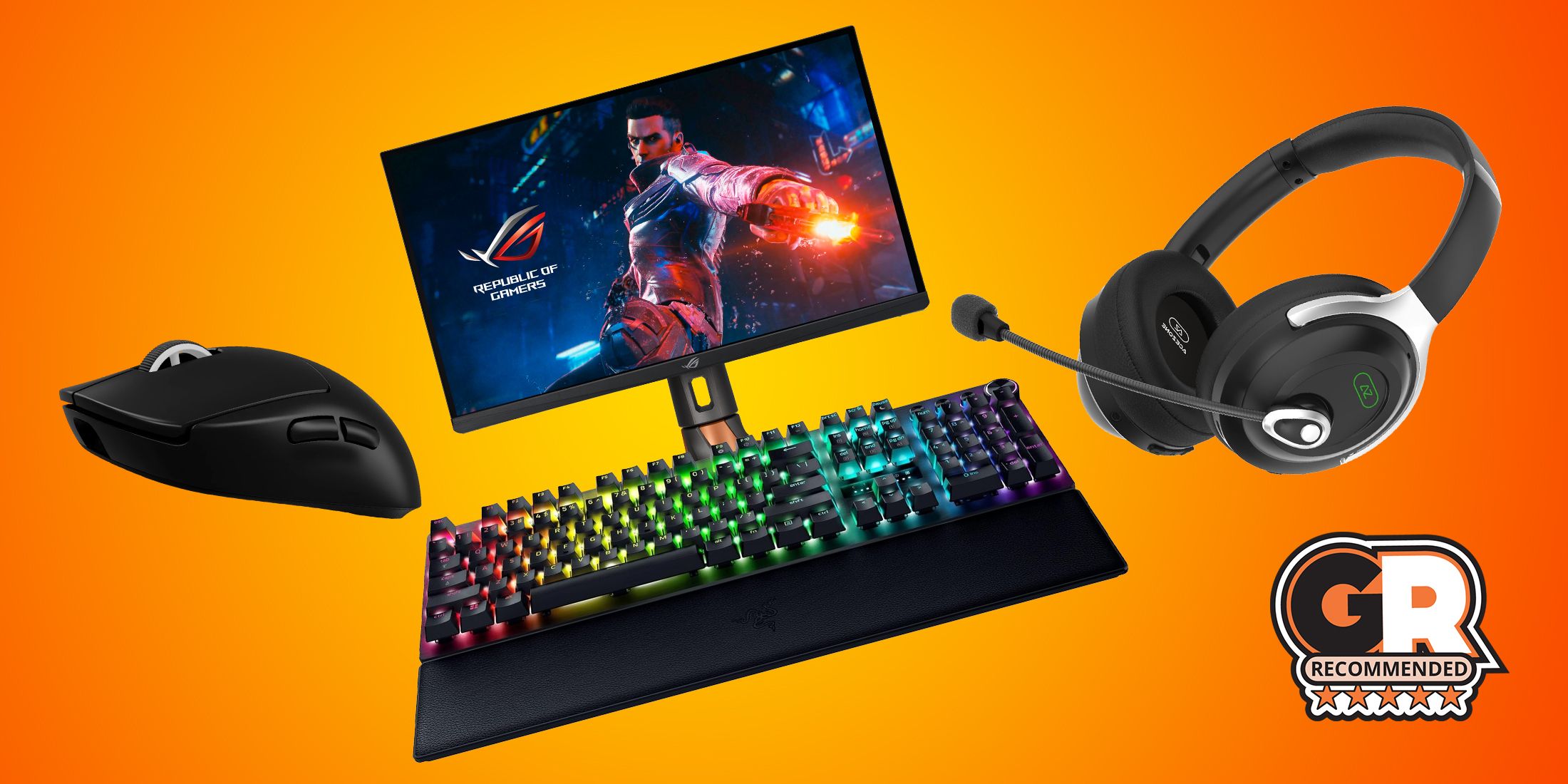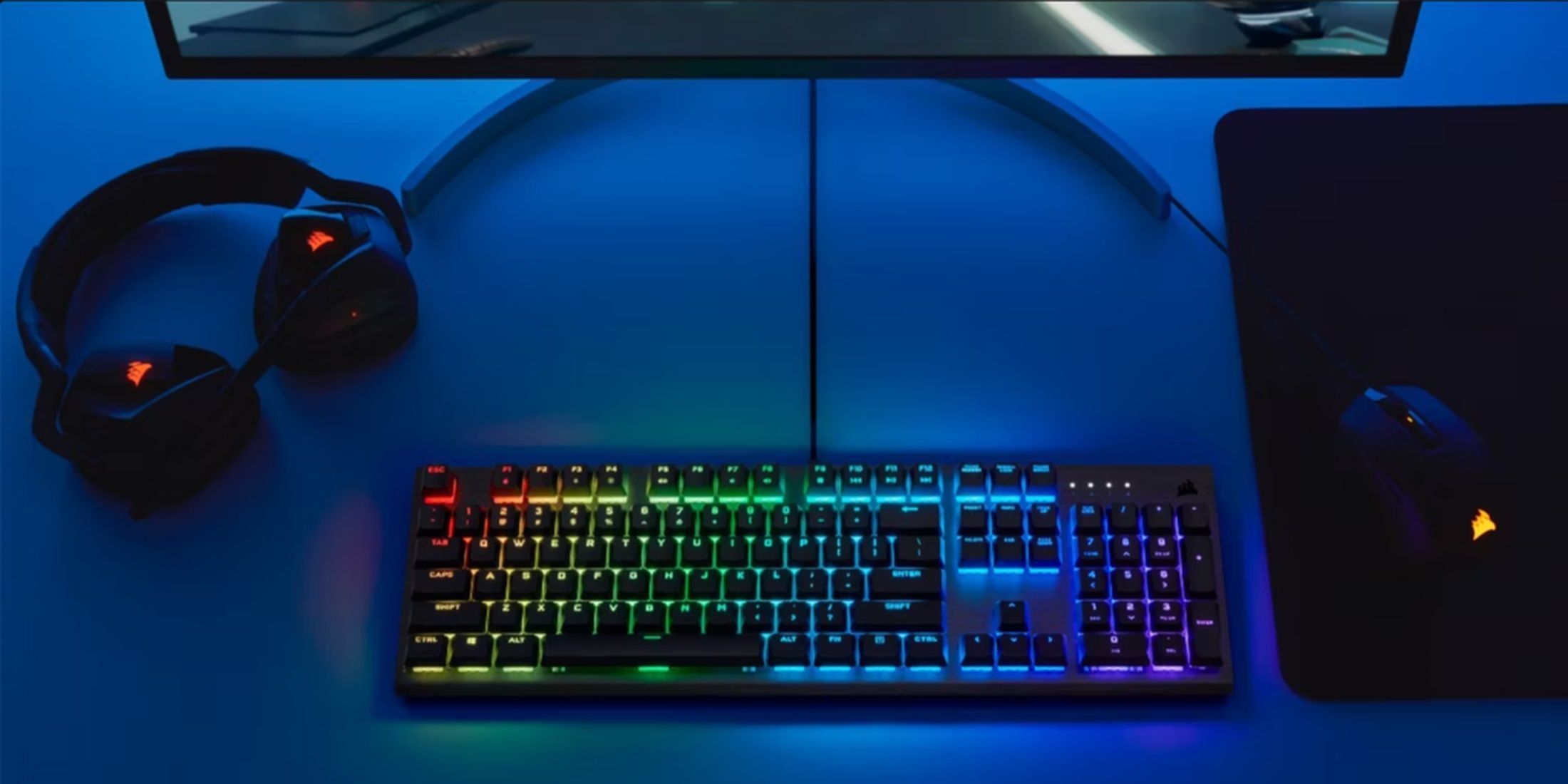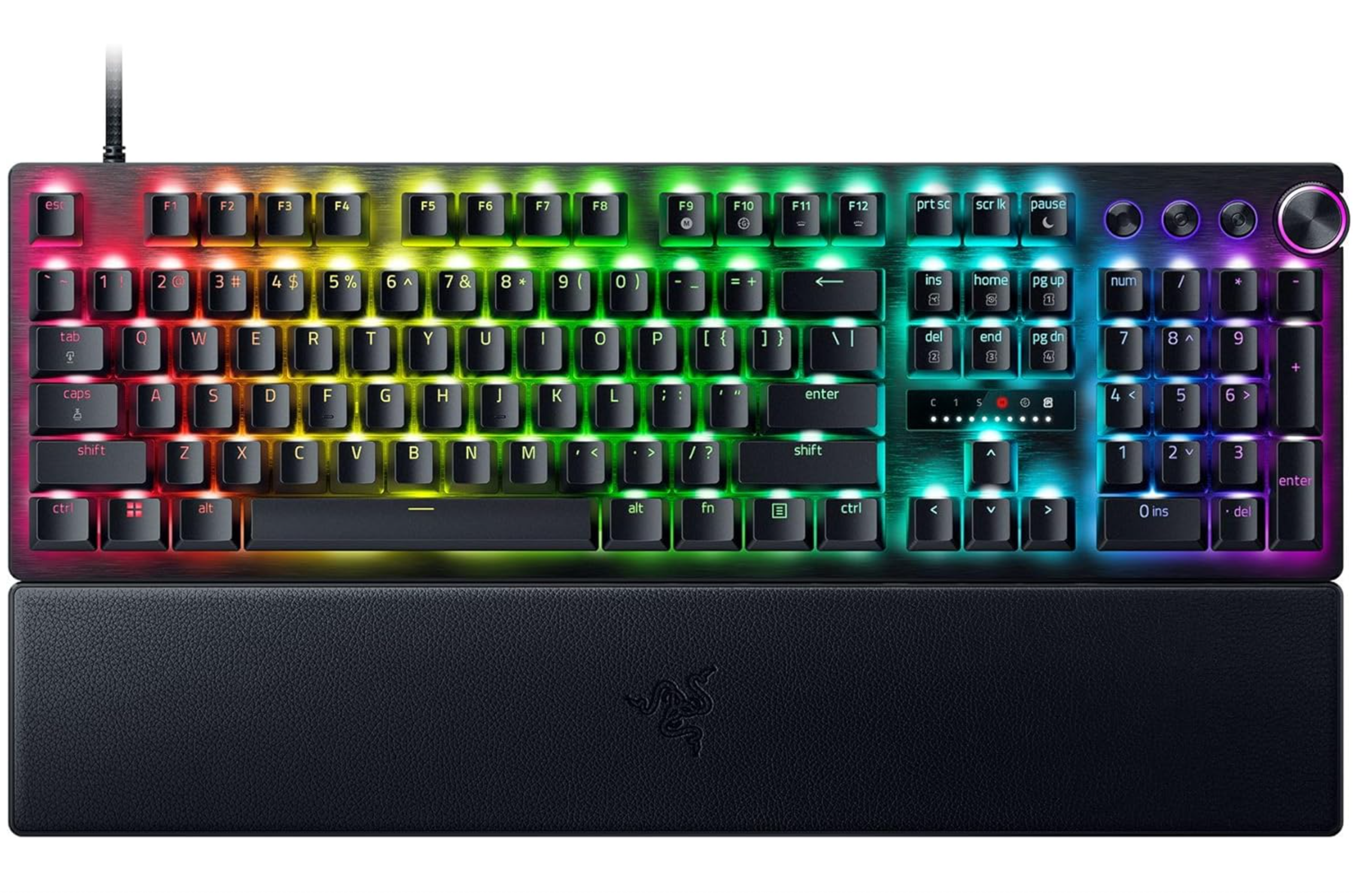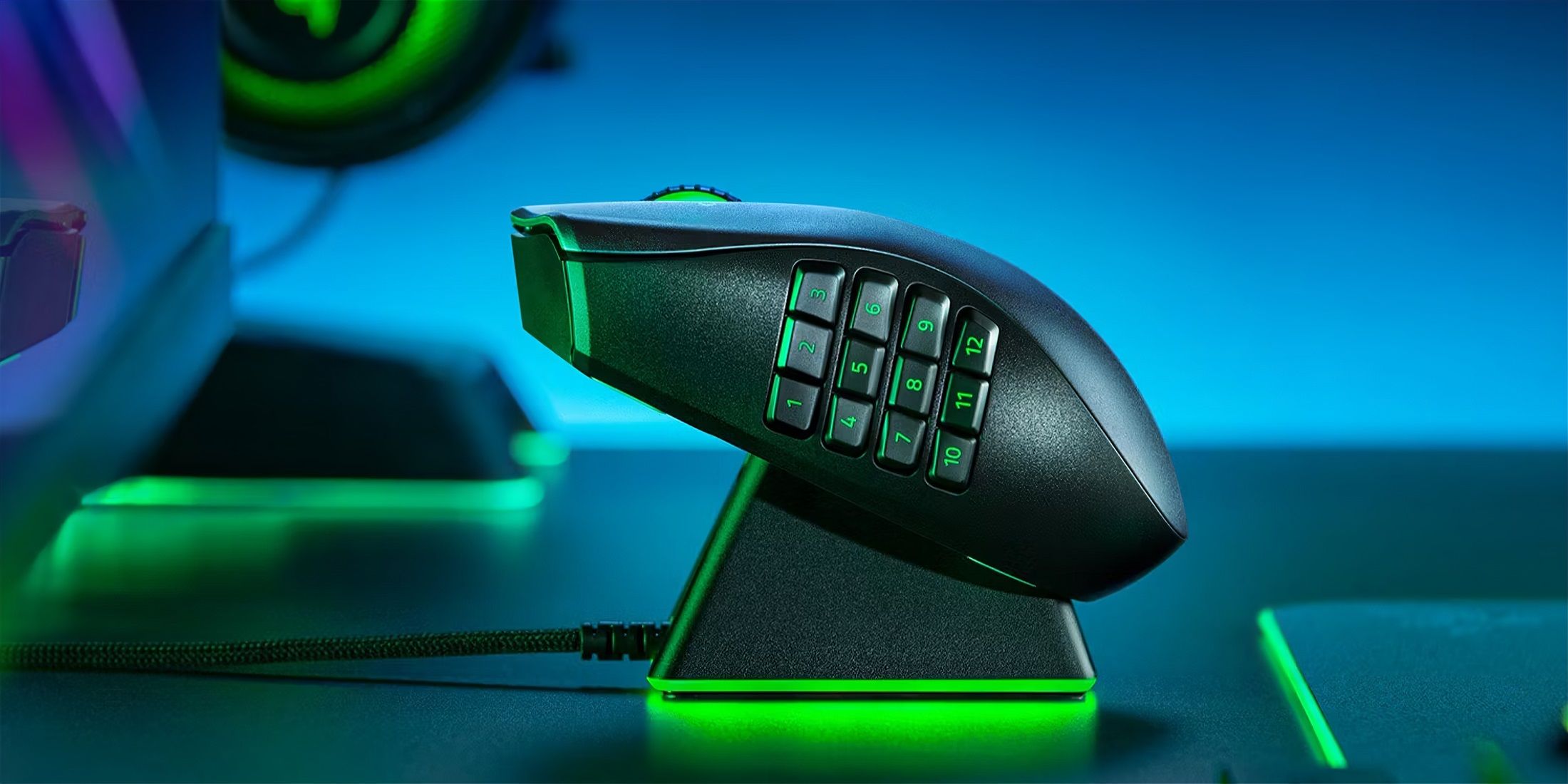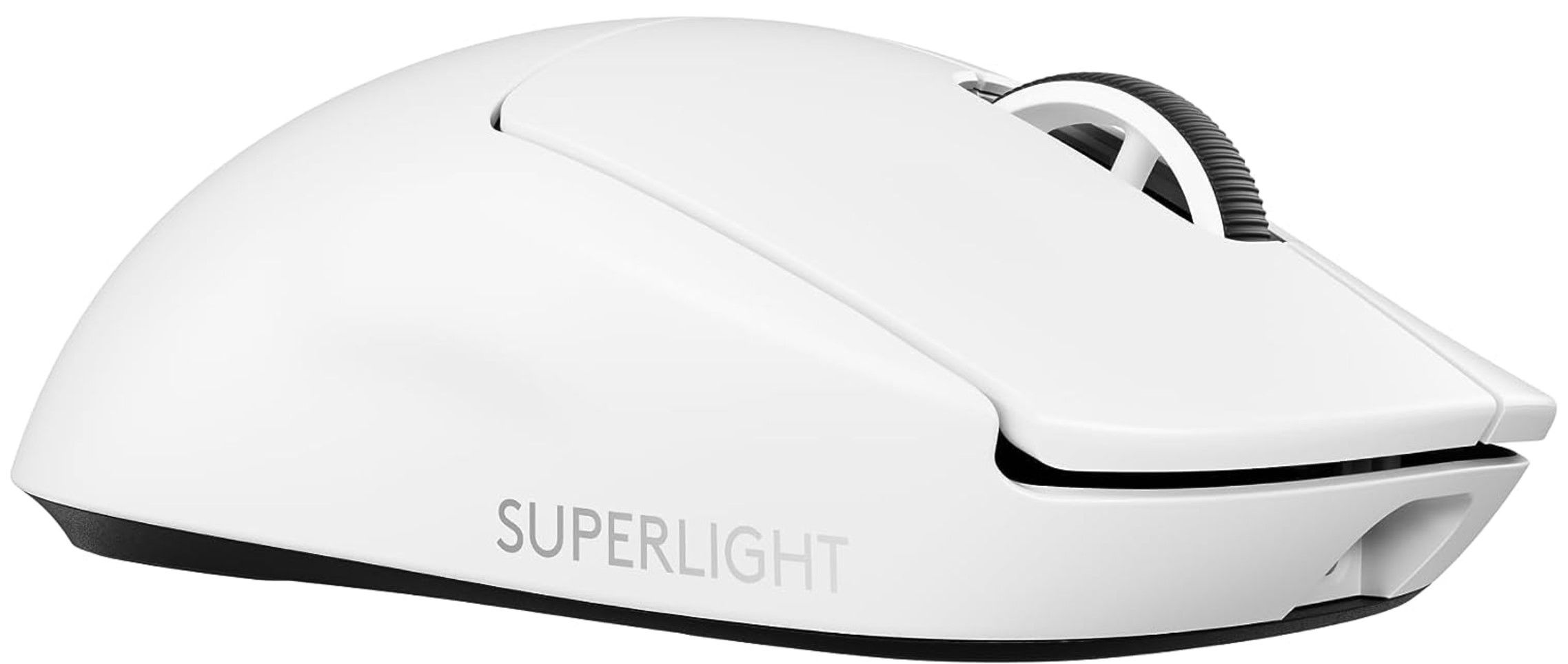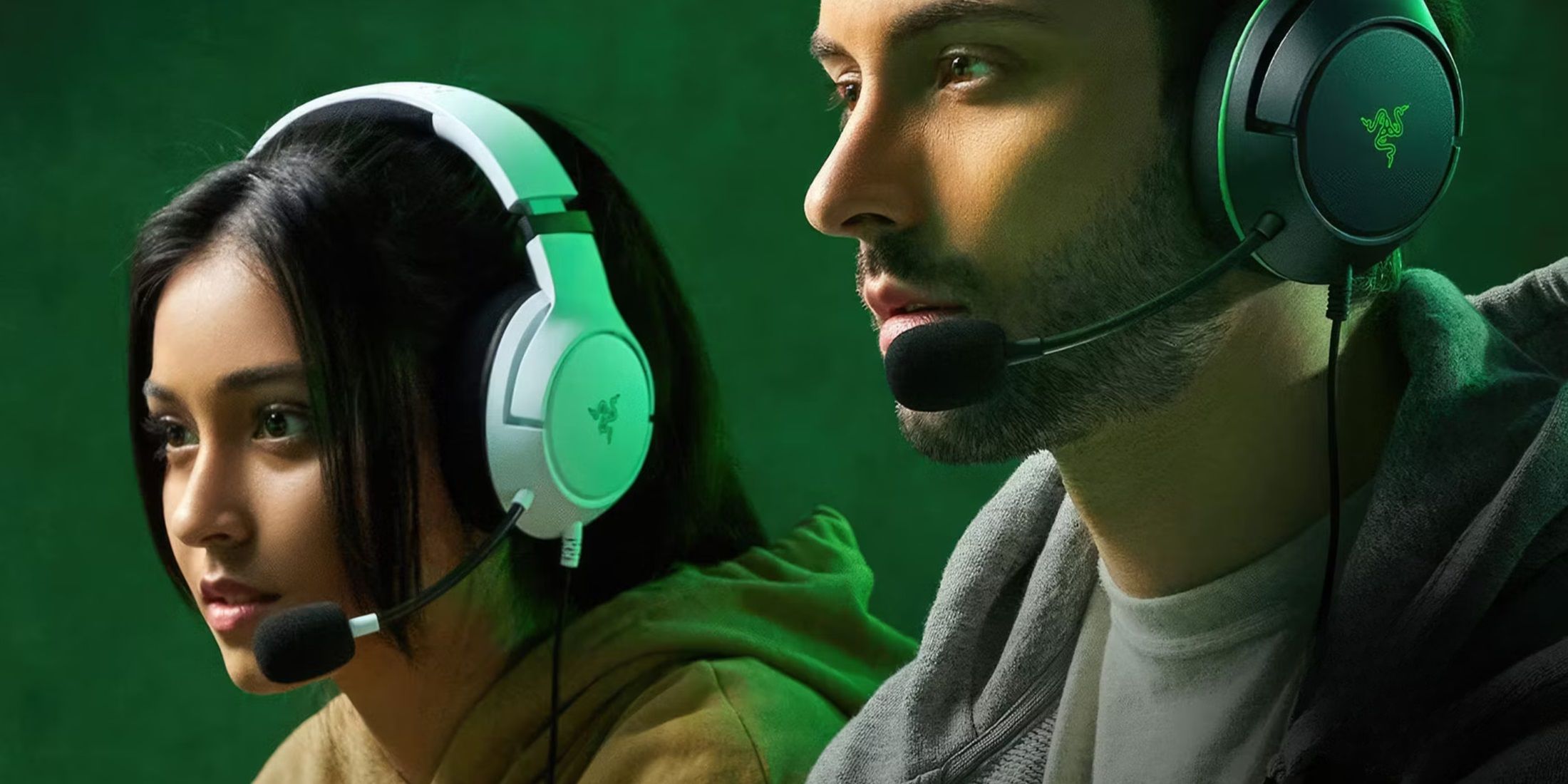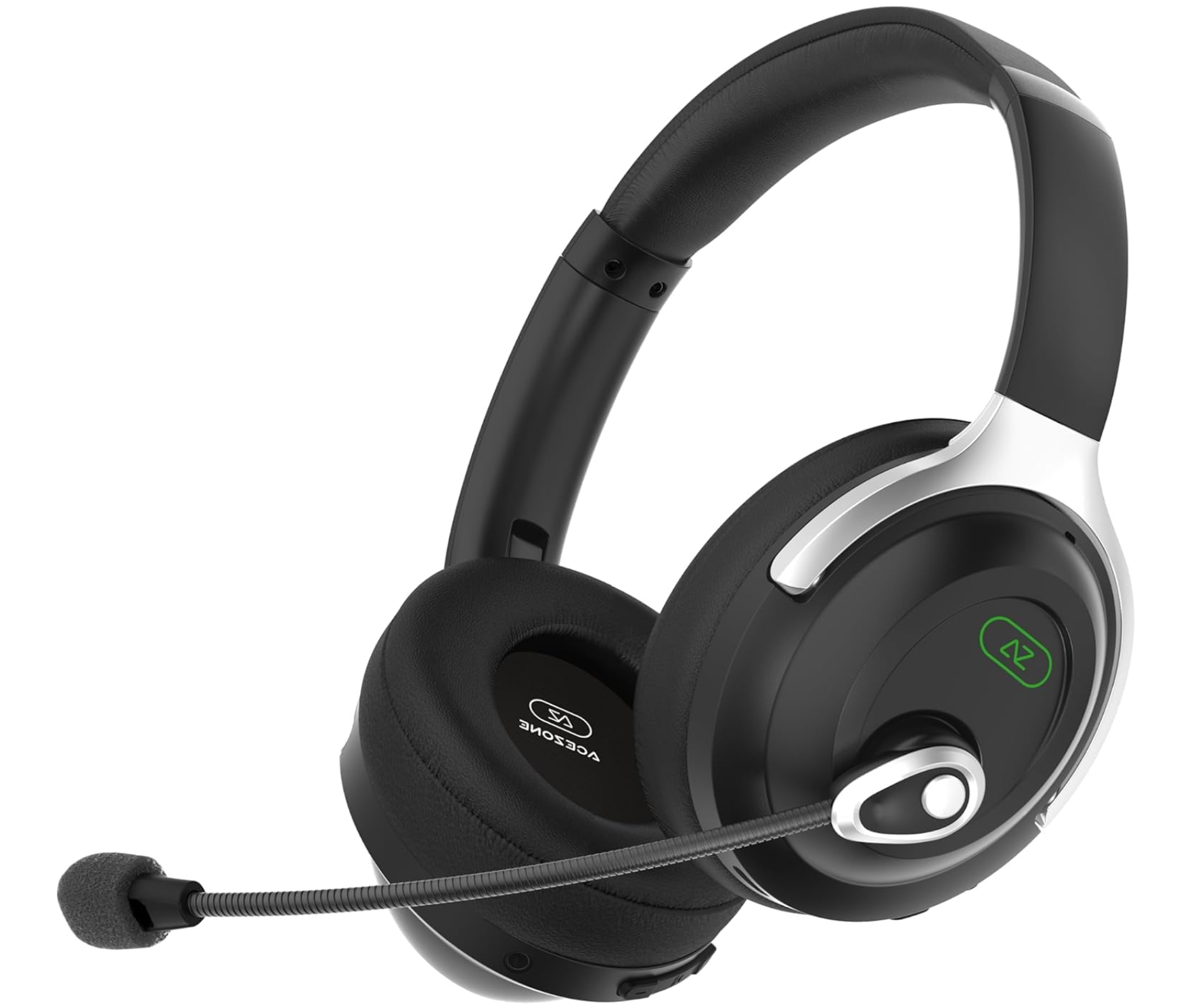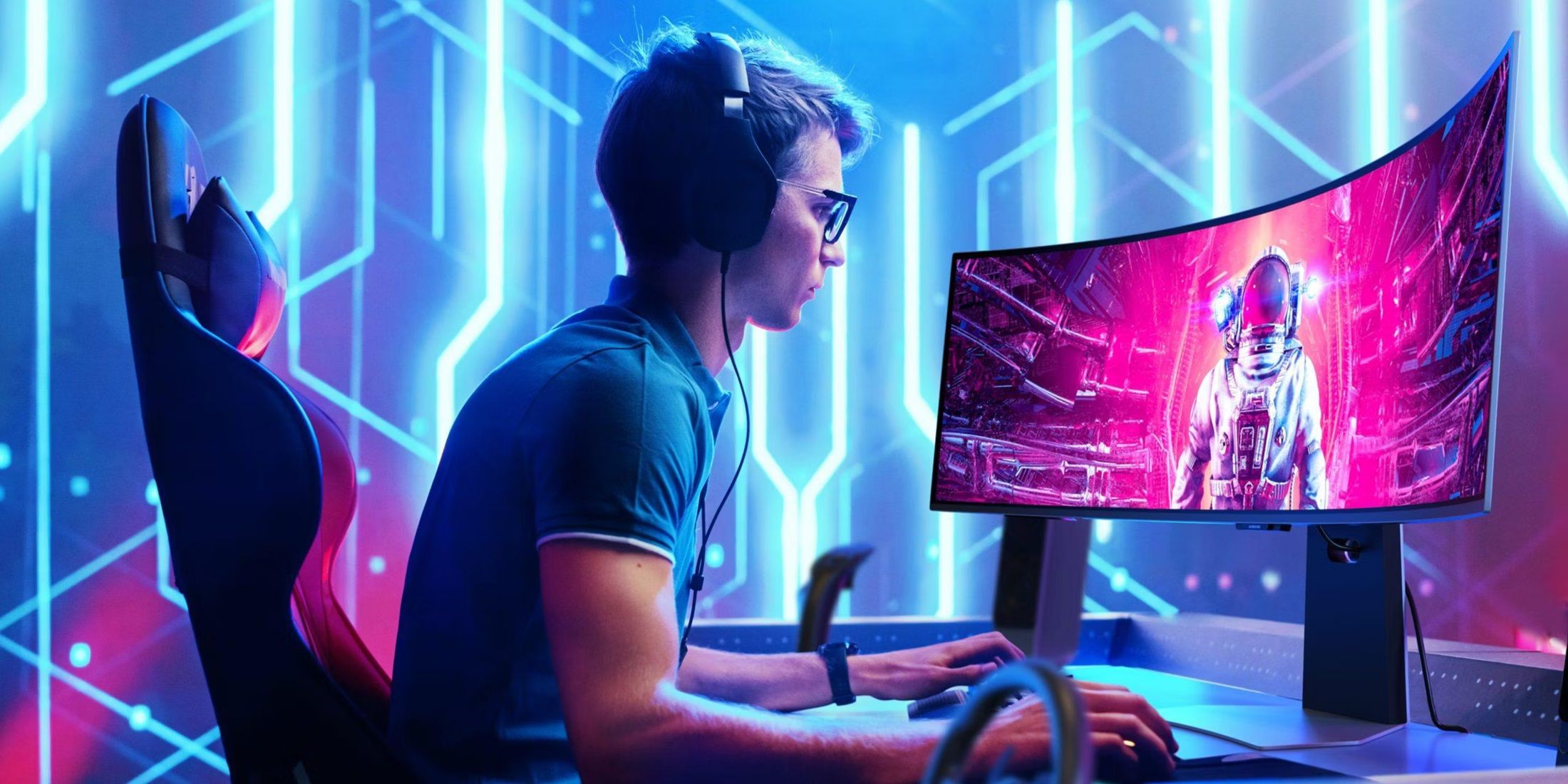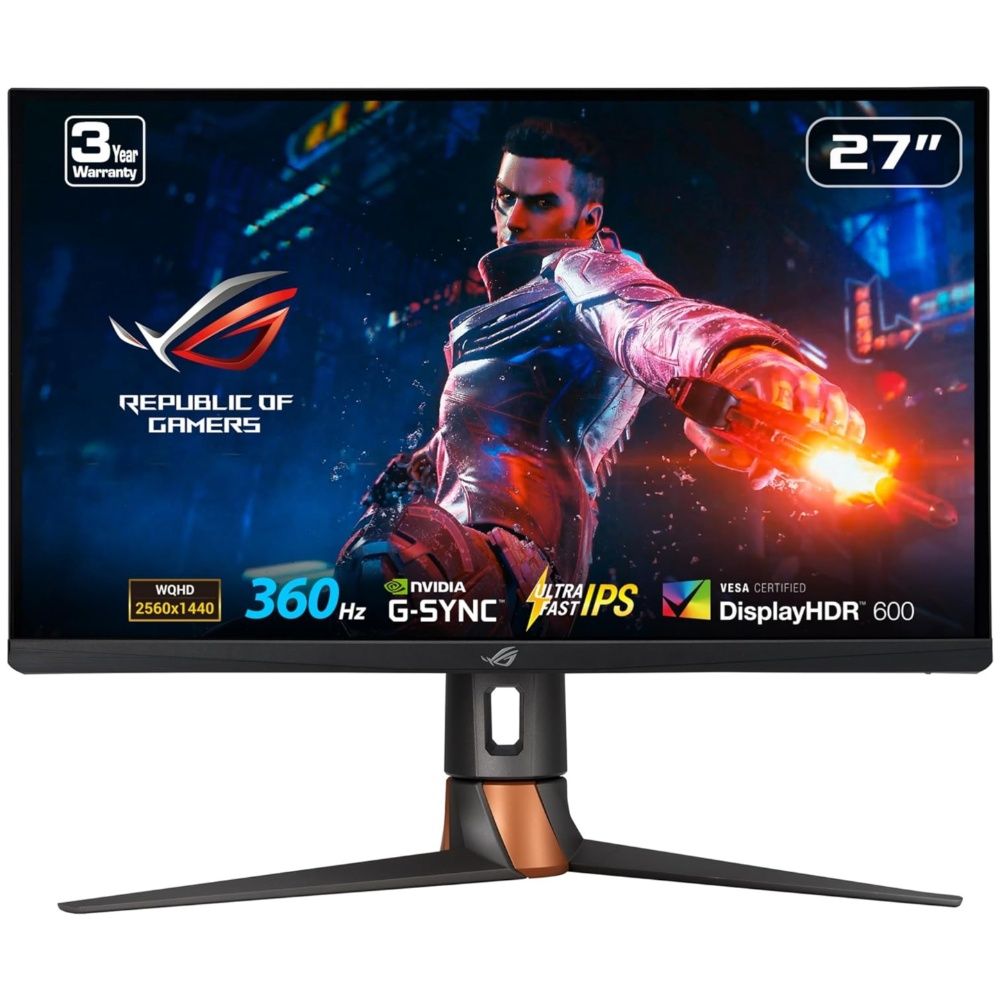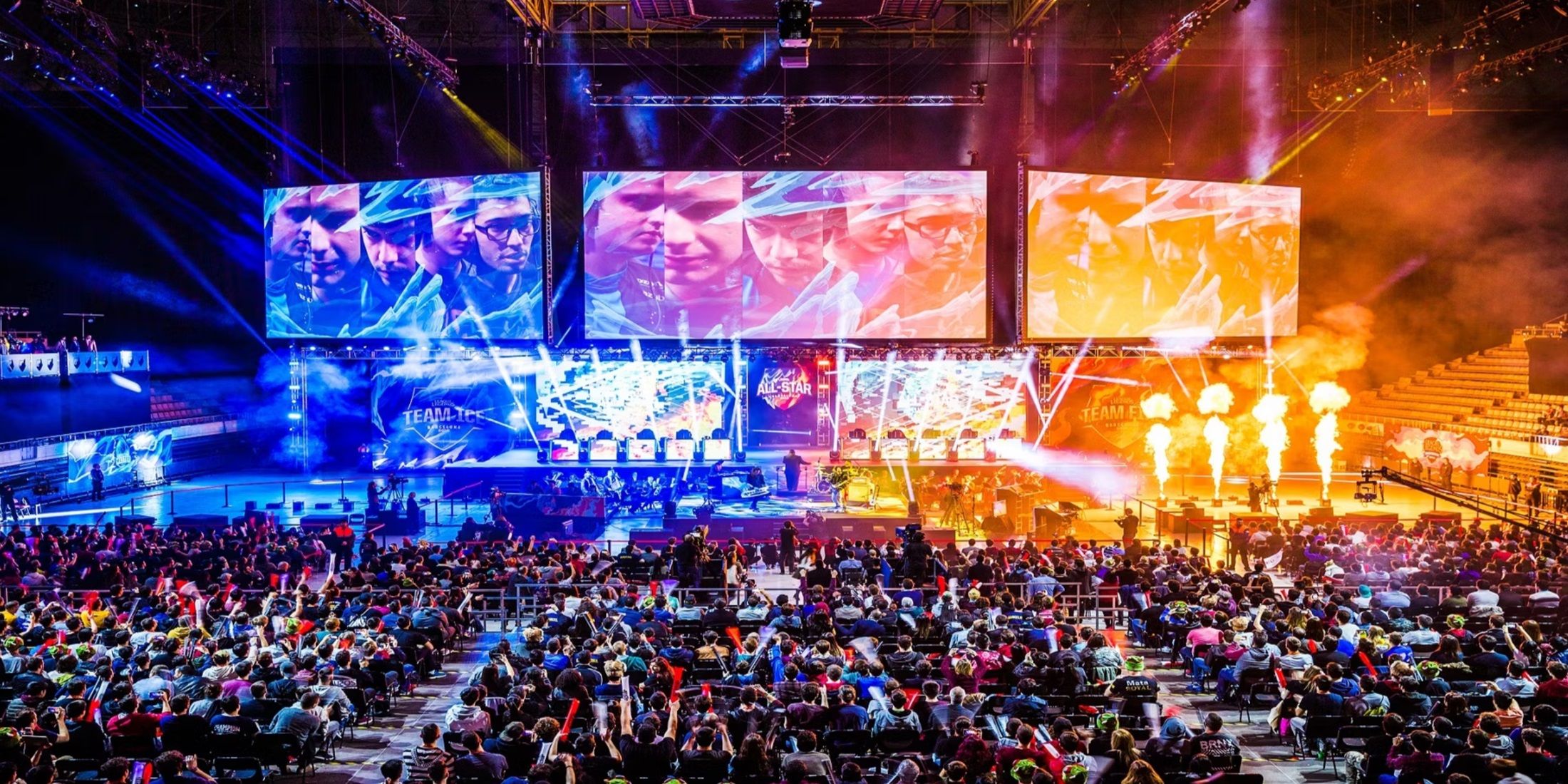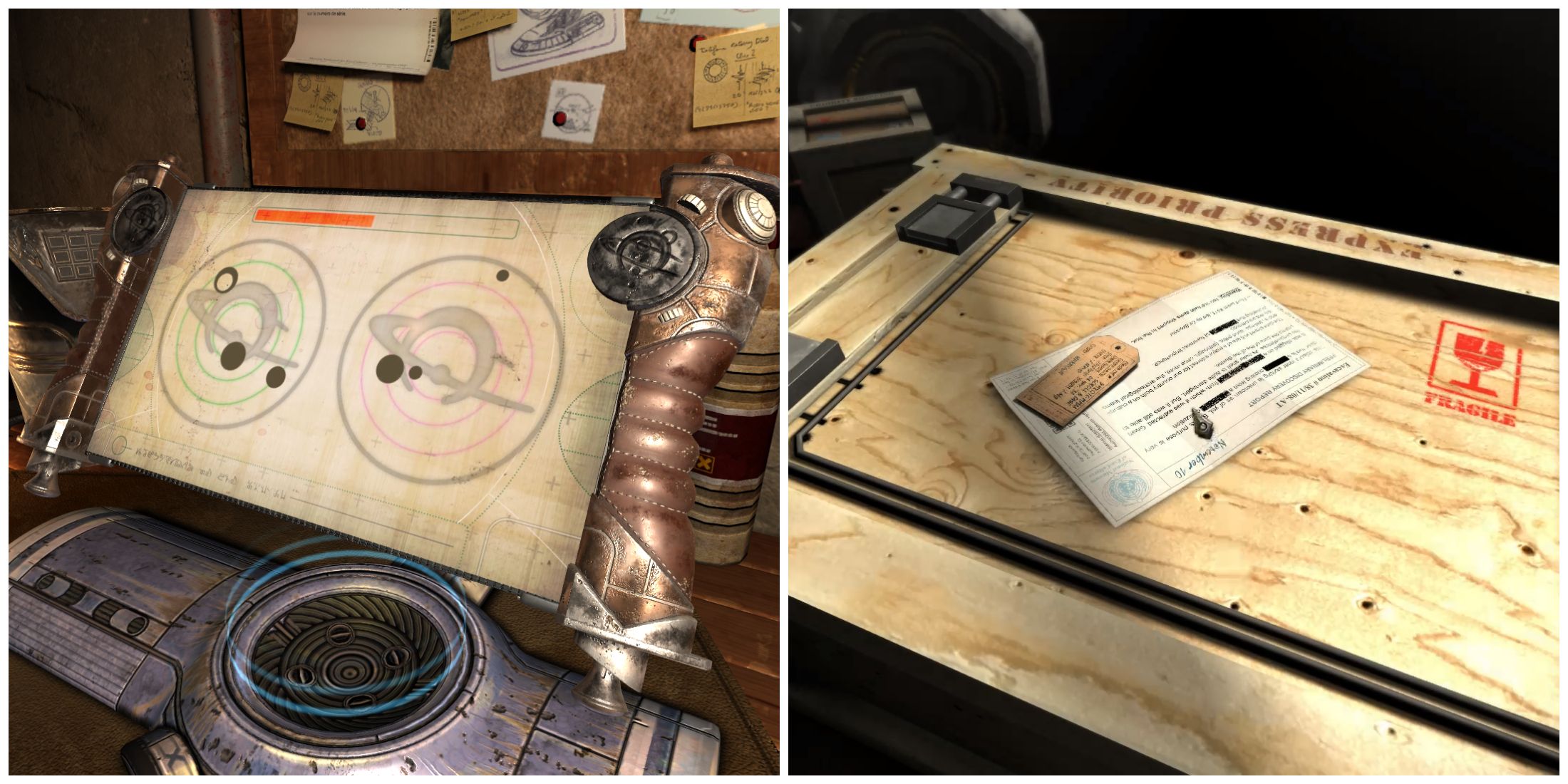Highlights
- Gaming peripherals for esports offer superior build quality, durability, and advanced features for competitive gamers.
- Mechanical keyboards provide tactile responses and durability, while lightweight mice focus on speed and precision in competitions.
- Headsets enhance in-game audio cues for faster reactions, but monitors with high refresh rates cater to pro gamers more than novices.
Whether or not gear advertised as the best gaming peripherals for esports benefits most gamers is regularly debated. Naturally, many buyers want to use the same gaming keyboards, mice, or headsets they see the top esports pros using. However, these competitive gamers also practice endlessly to refine their skills, making one wonder if talent is more important than technology.
Related
What Gaming Headset Does Ninja Use?
What type of gaming headset does streaming legend Ninja use? Here are all the details.
To answer this question, it’s useful to consider what features are unique to pro-grade gaming peripherals. Premium gaming keyboards and mice tend to be more durable but also boast unusually high polling rates or DPIs. The best gaming headsets promise to enable listeners to hear more sounds in a game, including distant targets. Finally, other hardware like esports monitors prioritize displaying FPS titles at blistering fast refresh rates. Examining each type of gear in detail reveals that they all are advantageous but not for the same reasons esports pros rely on them.
Keyboards
The top gaming keyboards, combined with mice, can be deadly weapons for talented esports pros. Instead of membrane keyboards with mushy keypresses, most competitors turn to mechanical keyboards with satisfying tactile responses. This can result in fewer typing errors when making furious directional movements in FPS titles or launching attacks in MOBA games.
Along with speed, esports keyboards are typically exceptionally durable and can withstand unusual abuse. Mechanical switches underneath thick keycaps are often rated to last for as long as 100 million keystrokes. While esports mice are usually lightweight, that’s not as much of a concern with stationary mechanical keyboards on desktops. It’s common to find high-end keyboards at tournaments built with aluminum plates to reinforce their construction.
The Razer Huntsman V3 Pro exemplifies the key qualities that competitive gamers look for in a keyboard. It’s suited to endure long gaming sessions and promotes rapid but accurate typing with analog optical switches. This keyboard is also full of innovations, like keys that can perform multiple functions depending on the pressure applied. These sort of inputs takes practice, but competitors can more quickly access additional commands without complicated macros.
Even though they still have considerable heft, the movement among competitive gaming keyboards has been to embrace compact key layouts. First, tenkeyless keyboards without number pads attracted attention because this design left more room for mice to make long sweeping movements. However, gamers often take trends to the extreme, and now, 60 percent keyboards are popular ways to maximize space for mouse pads. Slightly larger options like the Corsair K65 Pro are easier to pack and travel with to tournaments, but they require creative use of the Fn key to overcome the loss of a dedicated row of function keys.
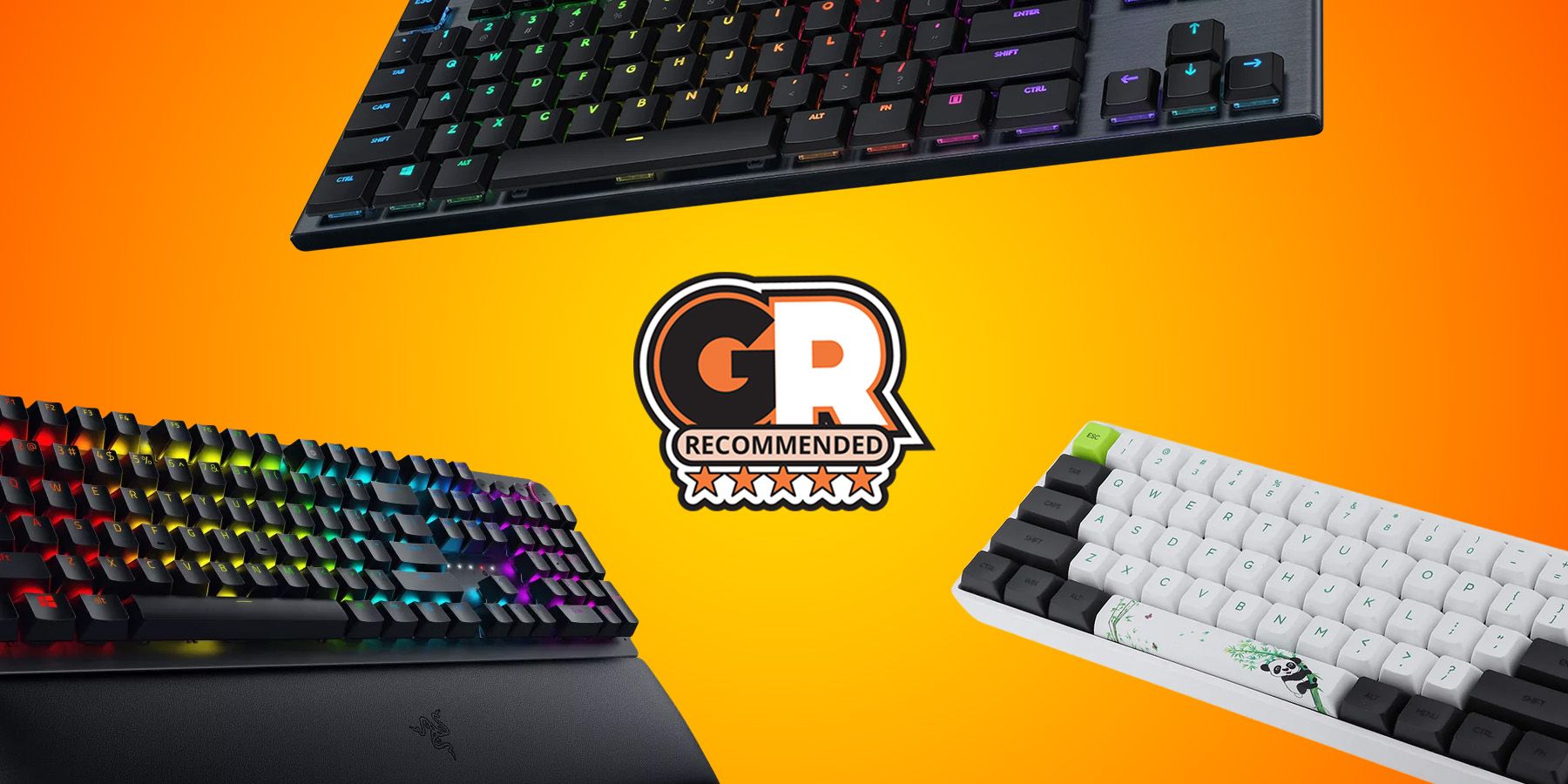
Related
What Keyboards Do the Pros Use?
These championship caliber keyboards are trusted by esports pros to respond instantly and accurately to every button press.
The question then becomes how esports keyboards can benefit more casual gamers. Certain aspects of mechanical keyboards, like their durability and typing accuracy, have advantages even outside of gaming. These devices demand high asking prices, but some buyers find them worthwhile investments to avoid constantly replacing inferior office gear.
Gaming keyboards often boast cutting-edge specs like 8000 Hz wired or 2000 Hz wireless polling rates. Truthfully, the vast majority of gamers will never appreciate this level of performance. Anything higher than a 1000 Hz polling rate will be difficult to notice with most PCs, where other components bottleneck registering inputs any faster.
Ultimately, gaming keyboards appeal to mainstream audiences, but not necessarily for the same reasons esports pros are drawn to them. The average buyer should look for keyboards with impressive build quality that facilitate satisfying and accurate typing.
Mice
When it comes to esports mice, speed is the number one priority. Unlike mechanical keyboards, where heftiness is not always frowned upon, lightweight mice are sought after because they glide around mousepads with minimal effort. During intense competitions, the ability to react faster than opponents can make the difference between victory and defeat.
The Logitech G Pro X Superlight 2 is the latest version of one of the most common gaming mice used by pros like Counter-Strike star Alexander “s1mple” Kostylev. Weighing only 60 grams, this wireless Logitech mouse can keep track of rapid movements thanks to an advanced optical sensor. Ironically, very few pro gamers will take advantage of the sensor’s maximum 32,000 DPI since they usually play on smaller monitors where such a setting would be a waste.
Once again, the durability of gaming mice helps to justify their higher price tags. The same mechanical and optical switch technology found in keyboards is used in mice like the Pro X Superlight 2. These switches can be pressed furiously and register clicks at lightning speeds without wearing down. Also, despite being so lightweight, the shells of esports mice are resilient enough to survive scratches and drops.
Remarkably, there are even lighter and smaller gaming mice on the market than the Pro X Superlight 2. The Lamzu Atlantis Mini Pro weighs just 51 grams, but as a mouse ideal for small hands, many gamers may find it difficult to control. Also, pro gamers often employ claw grips with these compact mice for even finer movements, which can take considerable practice to master.
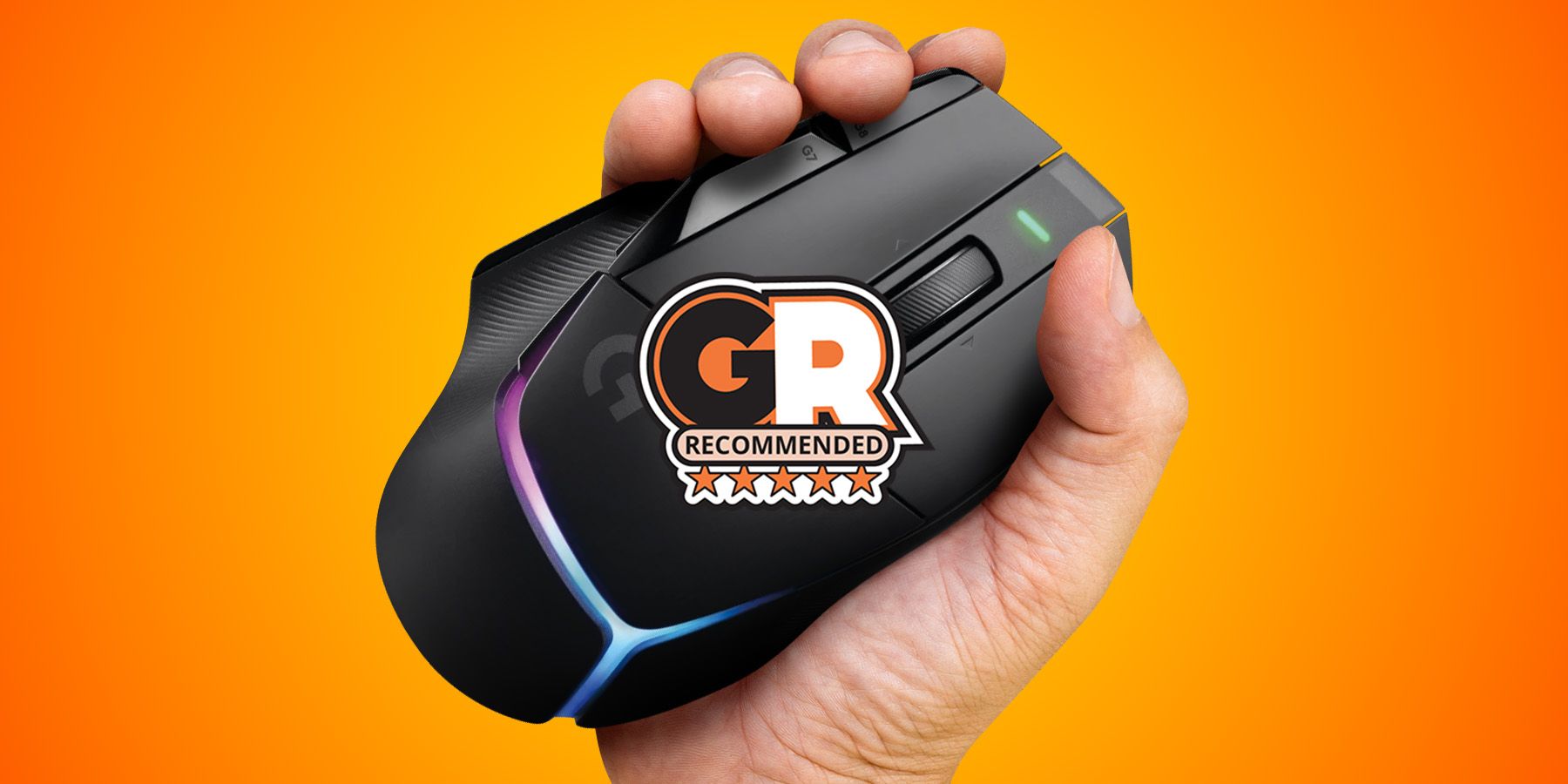
Related
Best Gaming Mice for Big Hands
The gaming world often excludes larger gamers from the fun. These are some of the best mice for gamers with big hands.
Some gaming mouse qualities don’t translate to typical everyday use, but pushing a lighter device around during work hours can reduce strain on hands and wrists. Even heavier MMO mice, like the Razer Naga V2 Pro, are ergonomically friendly to right-handers, and up to 20 buttons can be remapped for productivity tasks.
Certain ergonomic office mice can perform admirably in games but often lack the gaming-oriented features and style buyers look for. Aesthetics may not be the first concern of a novice competitive gamer, but finding a comfortable mouse to hold is crucial. These audiences shouldn’t purchase a lightweight gaming mouse that a Counter-Strike champion uses if a larger mouse is more suitable for their hands.
Headsets
Like gaming mice and keyboards, headsets can help esports pros react more quickly to approaching danger. Although they require minimal button presses from listeners, the best gaming headsets constantly monitor environments and provide audible cues. A decent pair of headphones can serve most gamers well, but the headsets competitive gamers use are tuned to pick up on subtle but crucial sound effects.
The AceZone A-Spire is commonly used on pro gaming circuits because it’s tightly integrated with shooters like Counter-Strike and Apex Legends. Gamers have additional milliseconds to prepare for an attack as the headset amplifies enemies’ footsteps. This advanced warning won’t be enough for most players, but these competitors can quickly process information. Extensive knowledge and experience with a particular game also distinguish them from the average player.
Microphone quality is essential to esports pros to maintain clear communication with teammates. Most gamers find it frustrating when a friend can’t hear them, but hundreds of thousands of dollars aren’t at stake. Still, whether or not a gamer wants to enter the world of esports, the right headset offers plenty of other perks.
HyperX revolutionized comfort with some of the best gaming peripherals for esports, including their Cloud series of headsets. Using ample memory foam padding, even gamers at home can wear headsets all day or night without discomfort. When struggling to improve skills in a competitive FPS title, not having to adjust the fit of a headset constantly makes the process a bit less stressful.
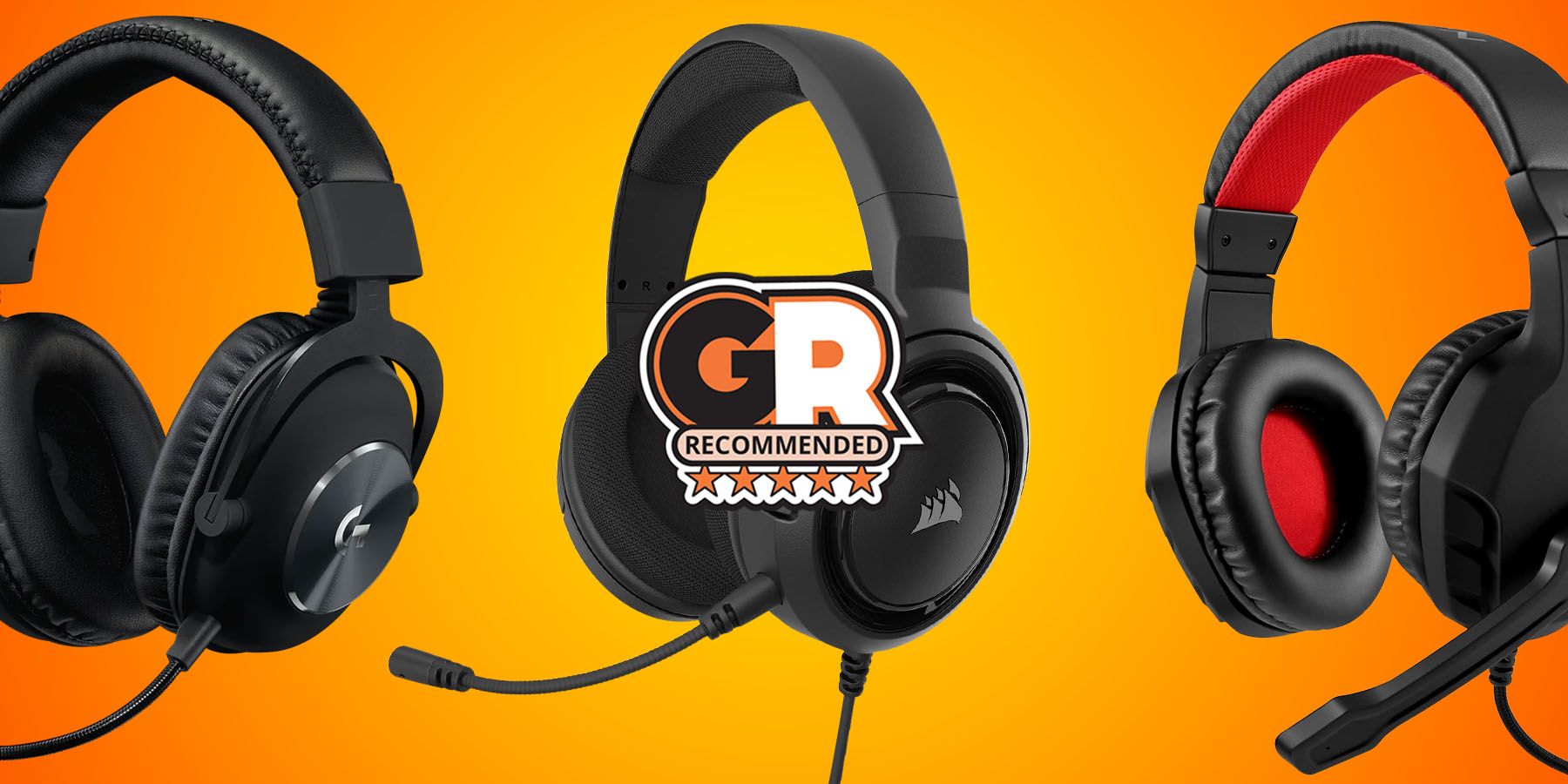
Related
The Best PC Gaming Headsets in 2024
Enhance your rig with the best wired and wireless PC gaming headsets on the market today.
The average buyer shouldn’t discount the effects of spatial audio on gaming enjoyment. Regardless of the platform, positional audio can immerse gamers more in the action. PC gamers have a wide range of advanced formats at their disposal, including Dolby Atmos and manufacturer-specific technologies like SteelSeries’ 360-degree 3D audio. Some surround sound headsets take matters further with head-tracking capabilities. With The JBL Quantum 910, for example, a soundscape will change as gamers move their heads, leading to an eerily lifelike listening experience.
Like the other best gaming peripherals for esports, headsets won’t instantly give players the instincts and reaction time of a competitive gamer. Nevertheless, the leading models can match the quality of studio headphones while adding the convenience of a built-in mic. With more sound effects audible in games, players will train themselves to become increasingly aware of their surroundings. Listeners will hear everything as game designers intended, and those with natural talent may improve their gaming skills.
Monitors
Many gaming keyboards, mice, and headsets appeal equally to novice and professional gamers. On the other hand, the monitors that competitive gamers stare at have slightly more specialized characteristics. With so much attention on high-end graphics cards like the RTX 4090 that make 4K gaming possible on large screens, esports pros often play on smaller 1080p or 1440p monitors. However, these aren’t the same displays from a decade ago, with some capable of incredibly high refresh rates.
A consistent theme among esports gear is prioritizing reaction time above all else. Along with a 360 Hz refresh rate, the 1440p Asus ROG Swift PG27AQN has an Esports Dual Mode that shrinks the 27-inch display to 25 inches and a 1080p resolution. With a 1 ms GTG response rate, gamers’ actions are reflected on screens with virtually no latency. It may seem strange that esports pros prefer to play on smaller screens, but they typically sit as close to a monitor in tournament arenas as possible. The emphasis is on fluid graphic rendering, and it’s easier to achieve high refresh rates at lower resolutions.
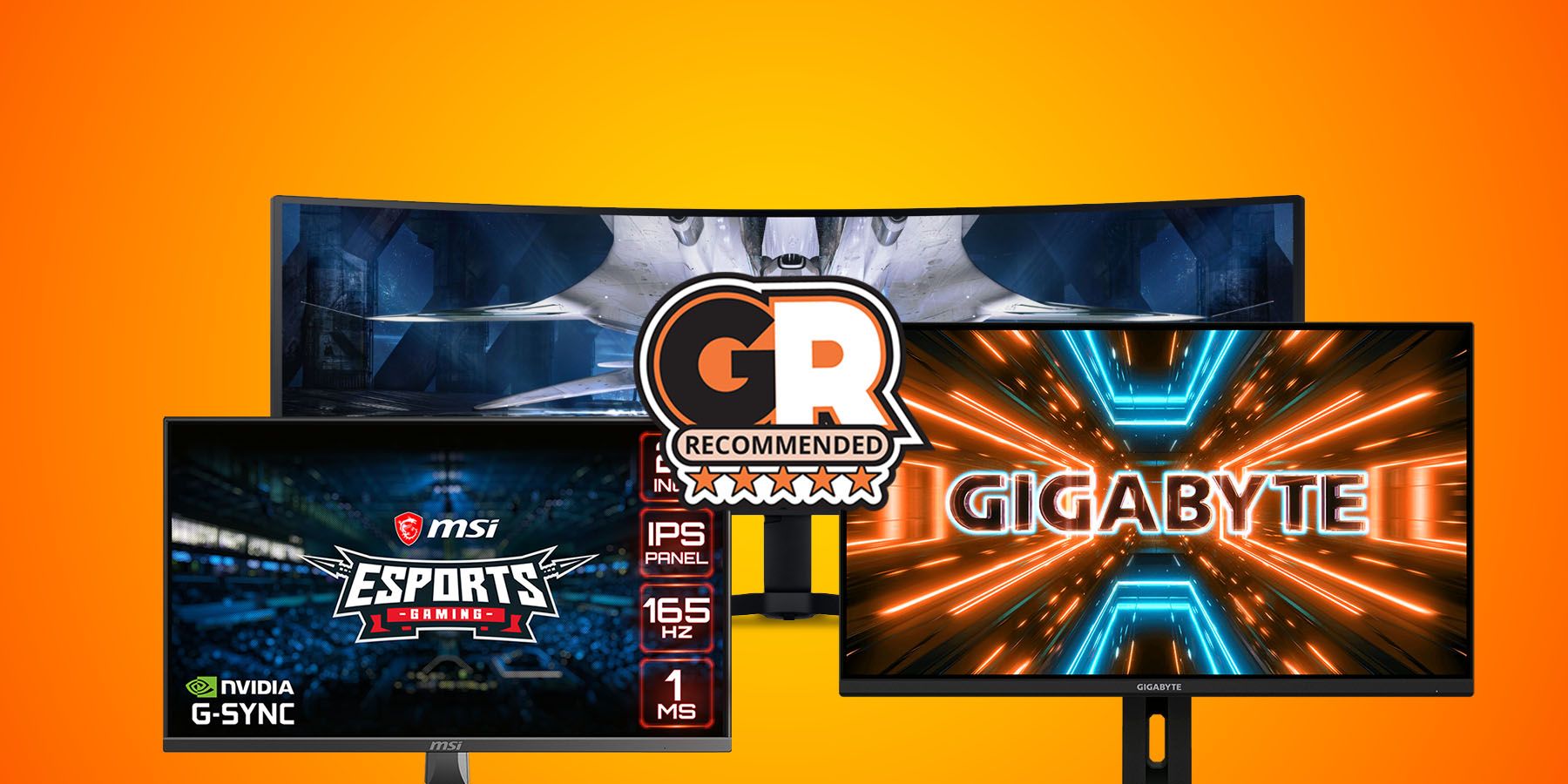
Related
The Best Gaming Monitors In 2024
Gaming monitors are one of the most important purchases to make as part of a gamer’s journey on a console or PC. The Game Rant Team can help!
For most gamers, the action will unfold on esports monitors much faster than they can react. Some players may prefer the look of smooth gameplay in hectic FPS or racing titles, but any competitive edge gained is minimal. Fortunately. a monitor like the ROG Swift PG27AQN doesn’t completely ignore buyers who prefer high-resolution graphics even at lower fresh rates. Gamers are free to crank up in-game graphical settings to the max and play at lower refresh rates with HDR enabled.
The latest 4K monitors, which showcase the most cutting-edge graphics, are a far more enticing option for many non-competitive gamers. With the Samsung 32″ Odyssey Neo G8, gamers can fully appreciate high-resolution graphics even if their GPUs can only display them at 60 or 120 Hz. As one of the first 4K monitors with a 240 Hz max refresh rate, aspiring esports pros can still set FPS games to similar settings used at tournaments. Its brightness levels are also off the charts, and HDR2000 makes vivid colors that seemingly pop off screens.
Players can even consider larger 4K or 8K monitors or TVs for maximum visual impact, but esports pros don’t find such displays beneficial. For the majority of buyers, investing a lot of money on a smaller ultra-high refresh rate monitor doesn’t make much sense. Instead, they can often spend the same amount on a larger 4K monitor supporting more commonly used refresh rates.
Can Esports Peripherals Make You Famous?
Clearly, no gaming keyboard, mouse, or headset will instantly turn the average gamer into an esports legend. Many of their defining qualities, like faster inputs or enhanced mobility, still require high skill levels to maximize. Even so, the best gaming peripherals for esports often have superior build quality and features that make them practical for daily use.
The problem for most gamers with mechanical keyboards and esports monitors is that they simply can’t react to in-game events as fast as the pros. It’s not only a question of reflexes but also having the necessary instincts and experience in particular games. Consequently, features like high polling and refresh rates are largely wasted.
Despite these harsh realities, buyers shouldn’t settle for cheap office gear with clunky typing or laggy wireless tracking. Ergonomic gaming keyboards and mice let gamers comfortably play the latest titles and work without aggravating joint pain. At the same time, gaming peripherals have style and RGB effects that allow enthusiastic owners to express their personality.
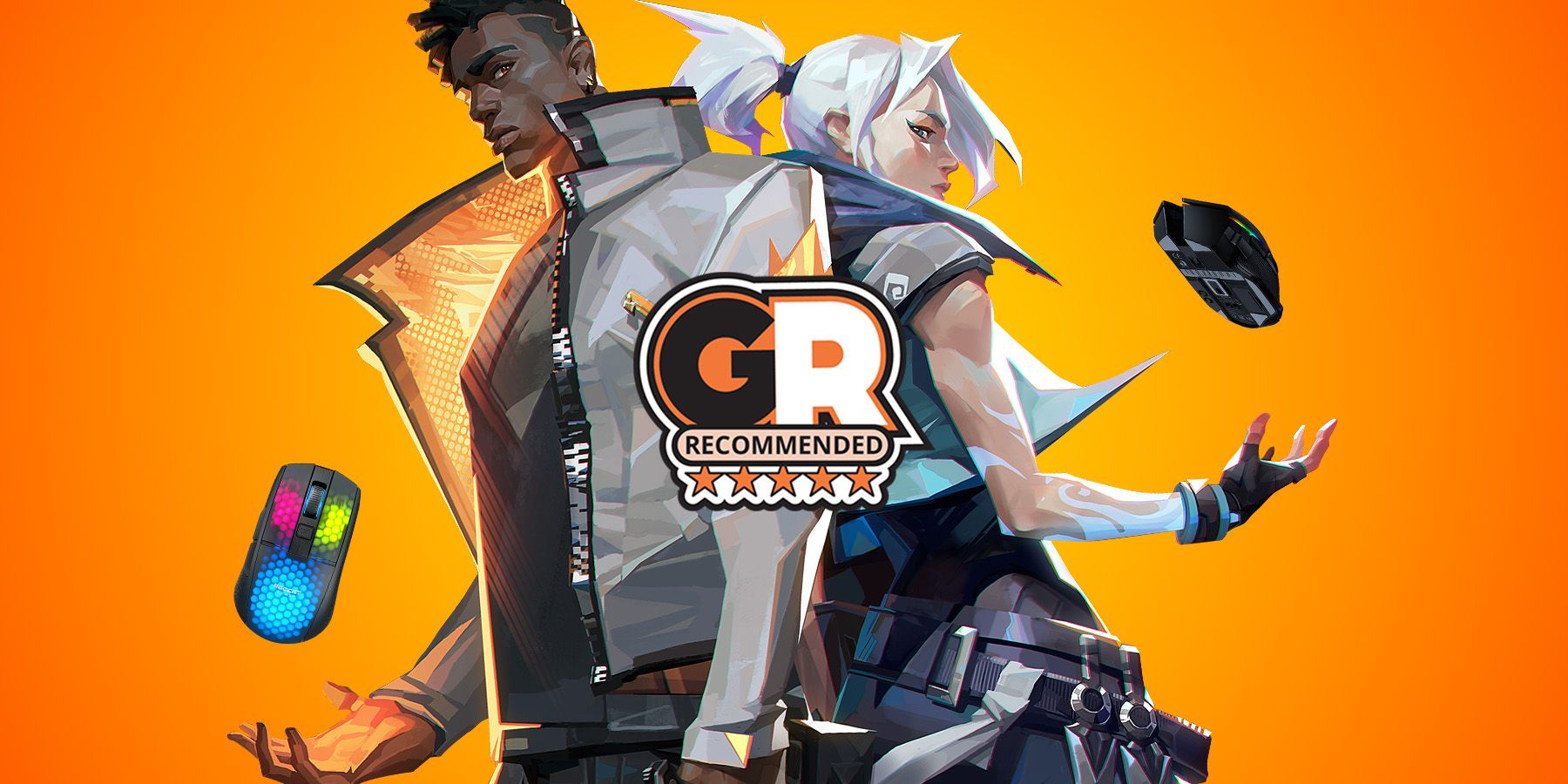
More
The Best Gaming Mice for Valorant in 2024
Check out top gaming mice for Valorant. From sensor accuracy to ergonomics, this guide highlights the best choices for competitive play.
FAQ
Q: Do esports players use their own PCs?
In most cases, the tournament arenas provide the same PCs to every competitive gamer to maintain an equal playing field. However, in many cases, esports pros can bring the same keyboards and mice they practice on to competitions.
Q: What consoles are used in esports?
The majority of esports competitions take place on PCs rather than consoles. Still, fighting games like Street Fighter, which are more popular on consoles, are an exception. Also, multiplayer Gran Turismo racing on the PlayStation has become a popular worldwide competition.
Q: Why do pro gamers use 60% keyboards?
60% keyboards may not seem practical, considering they are missing number pads, function keys, and arrow keys. Yet pro gamers conserve more space for gaming mice with these compact keyboards, and they have the commands necessary to thrive during tournaments.

/cdn.vox-cdn.com/uploads/chorus_asset/file/2913888/sling10_2040.0.jpg)
